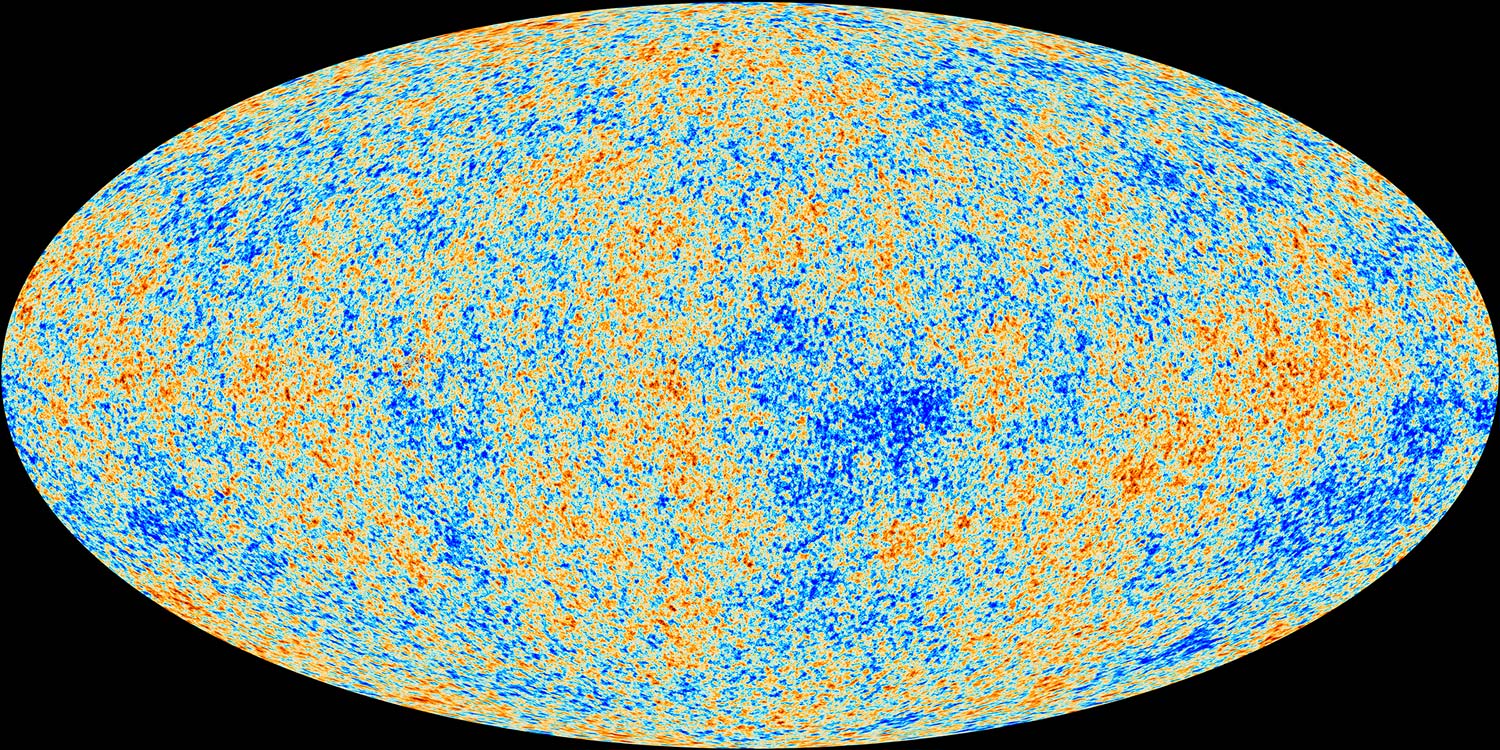Create a free profile to get unlimited access to exclusive videos, sweepstakes, and more!
Crash Course Astronomy: A Brief History of the Universe

I love playing hashtag games on Twitter. Someone gives a topic, makes it a hashtag, and then others come up with something that fits. Usually they’re funny (the TV show @Midnight does a hashtag war every weeknight, and I won once!), but they can be poignant, too. In October 2012, someone started the hashtag #FiveWordStories. I came up with two; one was a very short horror story, and the other was this one:
I was pleased with that. After all, it’s true! But if you want details, well then, you’ll just have to watch Episode 44 of Crash Course Astronomy: A Brief History of the Universe.
These topics—the Big Bang, inflation, the phase changes, the cosmic microwave background—are all pretty mind-blowing. As I’ve mentioned, while it’s amazing to me that any of these things happened, it’s even more amazing to me that we can know they happened and understand them!
A lot of people think science is just another belief system, but that is so wrong. Many belief systems rely, in a sense, on “just-so stories”; ideas thought up after the fact to explain something, but which are unverifiable and generally have no actual evidence to support them. They invoke magic, or the suspension of physics, and are contrary to what we actually see going on around us.
Science, on the other hand, is all about evidence, and even more, about predictions. If your hypothesis doesn’t make a verifiable prediction, it may be indistinguishable from magic. That’s why those ideas I presented in this most recent episode are so powerful: They all made predictions about what we see if we observe the distant and ancient Universe, and all have been supported by the evidence collected.
None more so than the cosmic background, a predicted outcome of the Big Bang model. And when we looked, there it was. This told us the temperature of the Universe. The background had the bumps in it that were also predicted, which is simply huge. Huge. Those little fluctuations of one part in a hundred thousand in density of matter grew and grew, becoming the biggest structures we see in the Universe today.
It’s weird to think that we—literally you and I, everything we see nearby, our entire galaxy—started out as a little 3-D pimple in the matter strewn across space. And it may be even weirder to think that when we look at that comic background today, somewhere, 46 billion light-years from Earth, one of those little blue lumps is now a supercluster of galaxies we’ll never see.
Weird, yes, but also true. That is the power of science. It’s not a just-so story, it’s not just something we made up. It has the ultimate power: that of being able to distinguish fact from fiction. It starts humbly with observations, with questioning our own results, and it ends with knowledge, with understanding.
And it delivers the Universe.


























